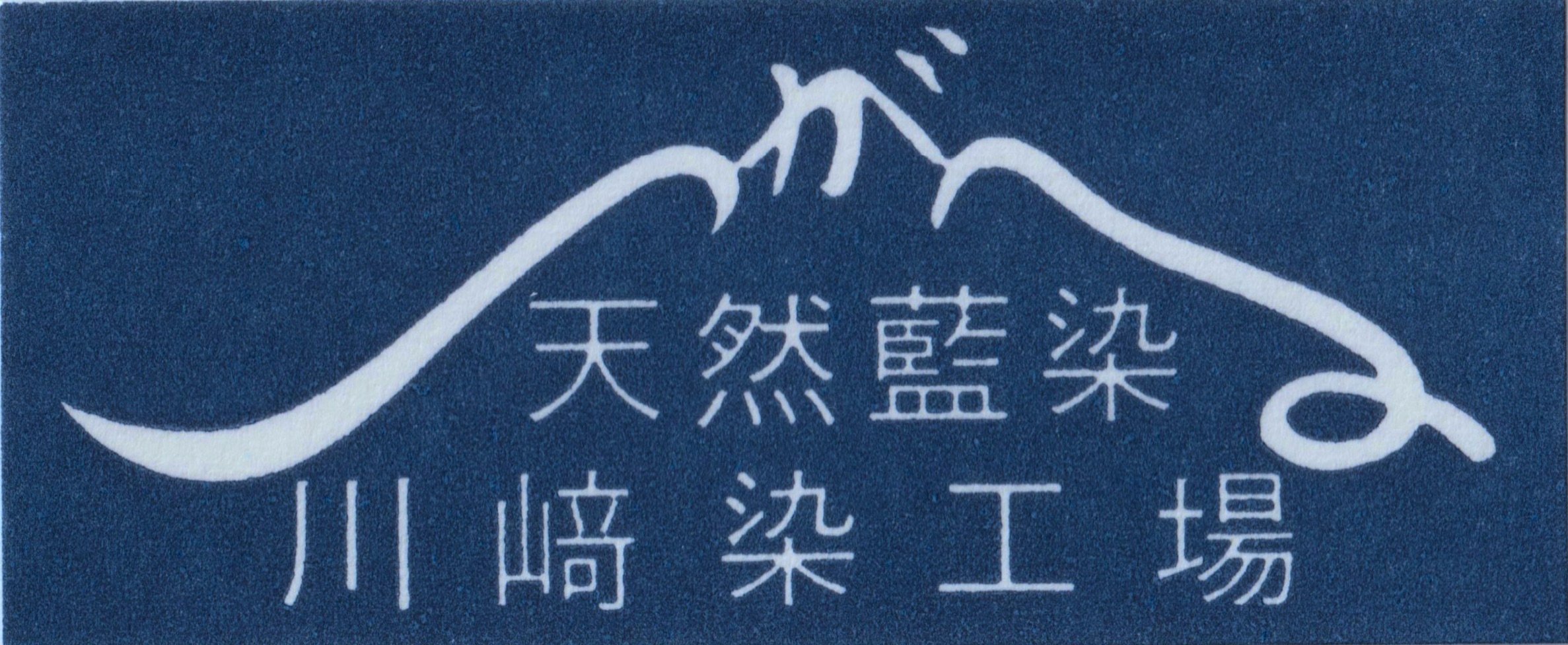①What is Tsugaru natural indigo dyeing?
Indigo was first cultivated in Japan around the 3rd century. In Tsugaru, there is a record that in 1694, during the era of Nobumasa Tsugaru, the 4th lord of the Tsugaru domain, Konyamachi was built to the west of the castle, and there were 100 azure shops. He invited engineers from Kyoto to promote sericulture, weaving, and indigo dyeing.
However, due to changes in history from the end of the feudal period, and the invention and spread of chemical dyes after the Meiji period, natural indigo dyeing has disappeared to this day.
The Tsugaru Natural Aizome Kawasaki Dye Factory has been an indigo dyeing shop since the Edo period. We have restored the equipment from that time and are working to pass on the Tsugaru natural indigo dyeing.
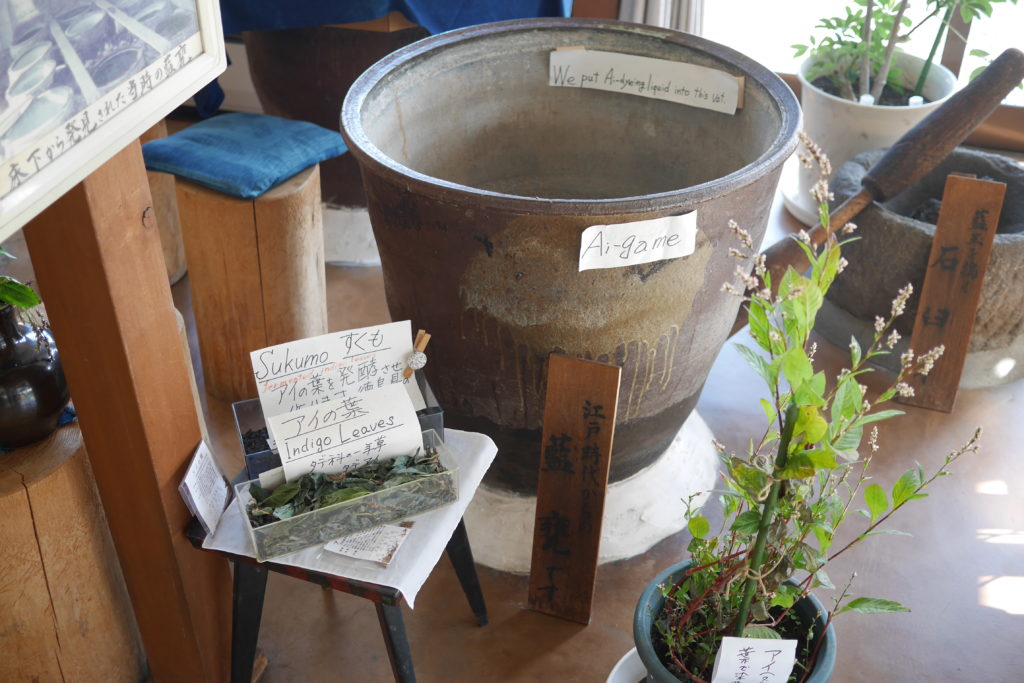

②Benefits of indigo
Of the 4,000 years of indigo’s history, 2,000 were used for medicinal purposes.
- Prevent rough skin and sensitivity to cold
- Insect repellent for clothing and Japanese paper
- prevents athlete’s foot, vipers (poisonous snakes), and mosquitoes when used for socks and tabi
- Effectiveness as a sedative
- It is bactericidal and good for bandages
- Tonic (5 grams of seeds are roasted and eaten as a daily amount)
- Erysipelas, fish poisoning, mushroom poisoning (10 grams of dry leaves are boiled in 2.5 cups of water and divided into 3 doses a day)
- Toothache (chewing blackened leaf powder)
- Swellings, insect bites (rubbing a fresh leaf and applying it to the affected area, applying green juice from the fresh leaf)
- Antipyretic, detoxification (5-10 grams of seeds are boiled to 0.5 in 1.5 cups of water and divided into doses twice a day) and other diseases
Now, the goodness of natural indigo, along with its beauty, robustness, and medicinal properties, is being reviewed again, and it is becoming a quiet boom. At our store, we have a wide variety of natural indigo dyeing products, including clothing, accessories, and daily necessities. We also accept orders for original designs. Please visit us once.

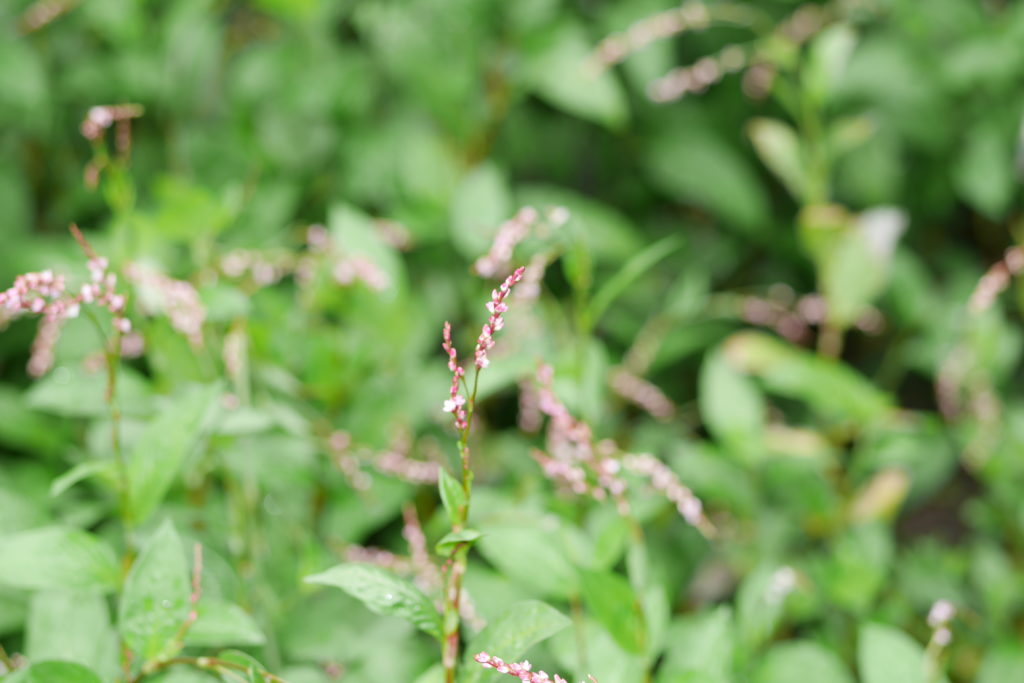
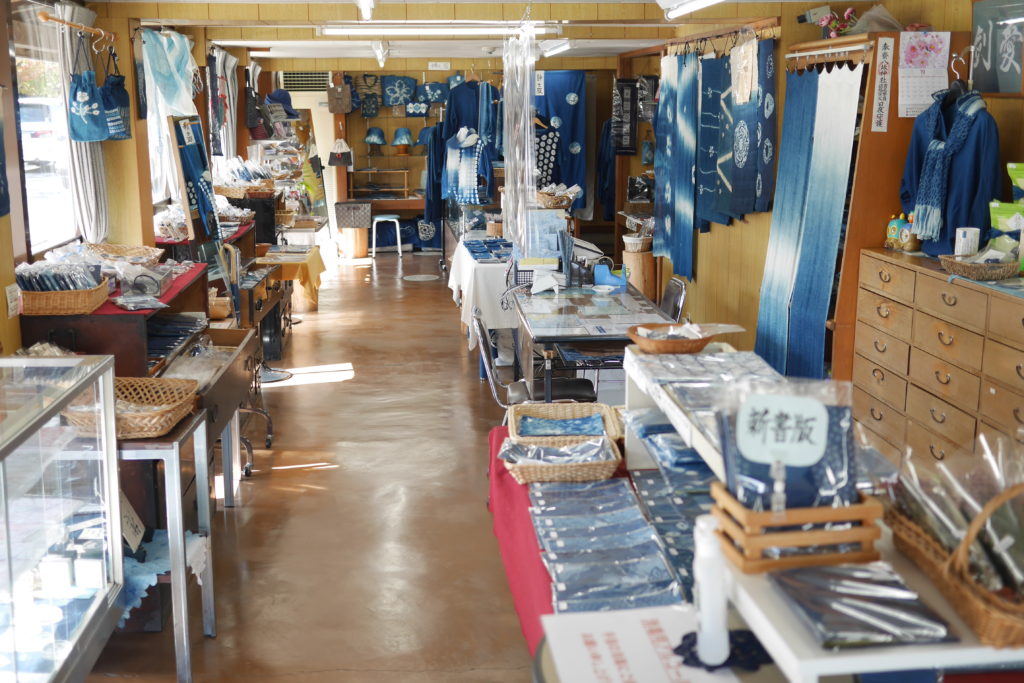
③Handling of indigo dyeing products (important)
Natural indigo dyeing may cause contamination to other objects due to friction and discoloration due to sunlight.
Avoid dry cleaning, wash by hand in lukewarm water with solid soap or neutral detergent, just like in the old days, and lightly wring it out to dry in the shade.
The excess indigo may come off when you wash the thick ones for the first time, so please separate them from the white ones.
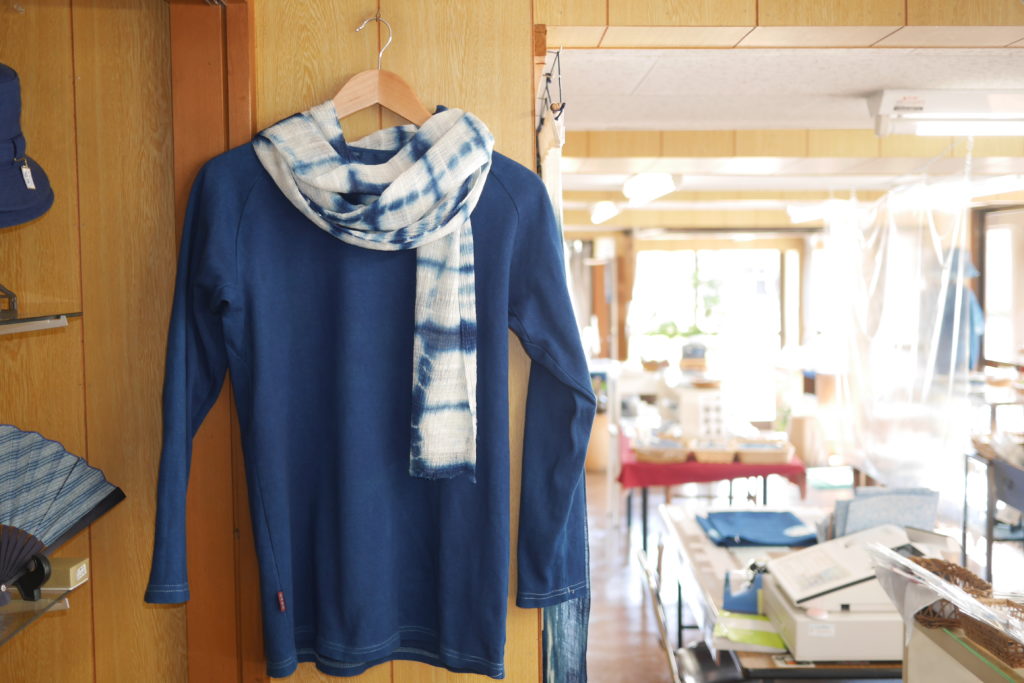
④Other indigo dyeing
・Dyeing with fresh indigo leaves
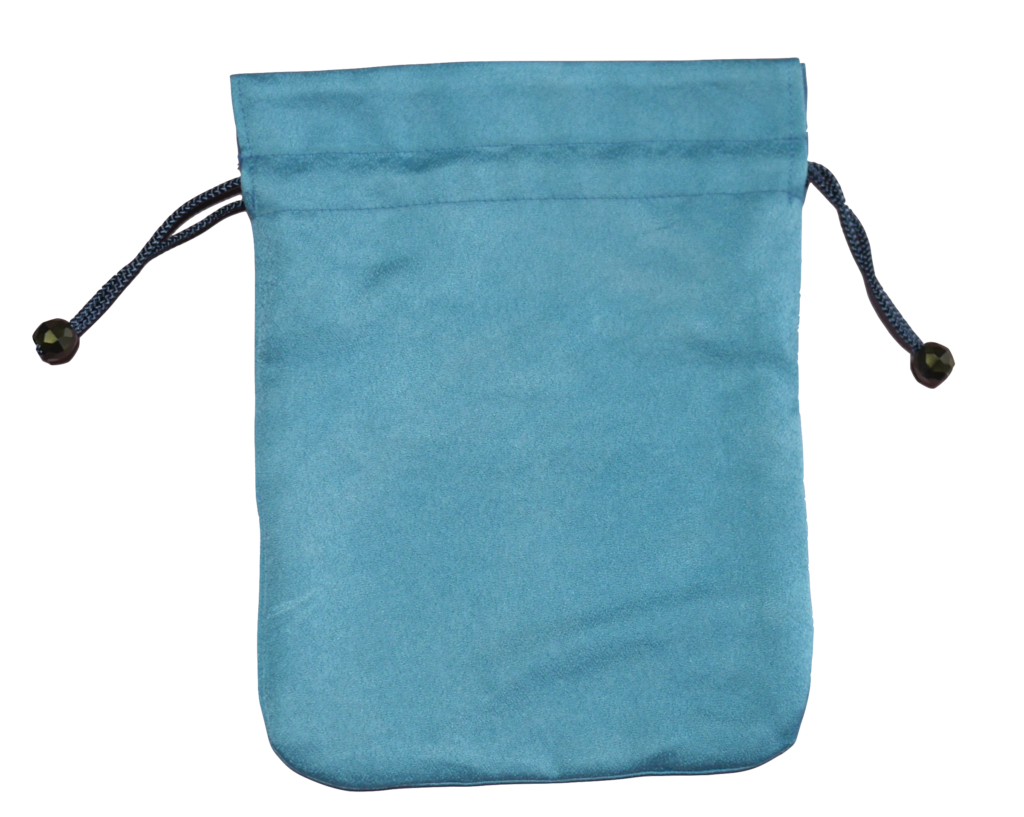
<What to prepare>
Indigo fresh leaves (same to double the weight of the cloth to be dyed), cloth (silk), blender, cloth bag, basin (bowl)
<How to dye>
① If possible, pick the leaves in the morning on a sunny day and wash them with water (unsuitable for rainy weather)
(2) Put the leaves in a blender and add enough water to completely submerge them.
③ After mixing, transfer to a tub while rubbing with a cloth bag
④ After stirring, add water to the extent that the cloth is soaked
⑤ Blanch the cloth (soak it in hot water of about 30°C for 10-15 minutes and wring it out)
⑥ Unfold the cloth and dip it into the dye solution (spread evenly and evenly)
⑦Apply for 15 to 20 minutes while checking the degree of soaking of the cloth
⑧Pull the fabric out of the dye solution, wring it out lightly, and expose it to the air while spreading it out (about 5 minutes).
⑨ Rinse well and dry
・Tataki dyeing
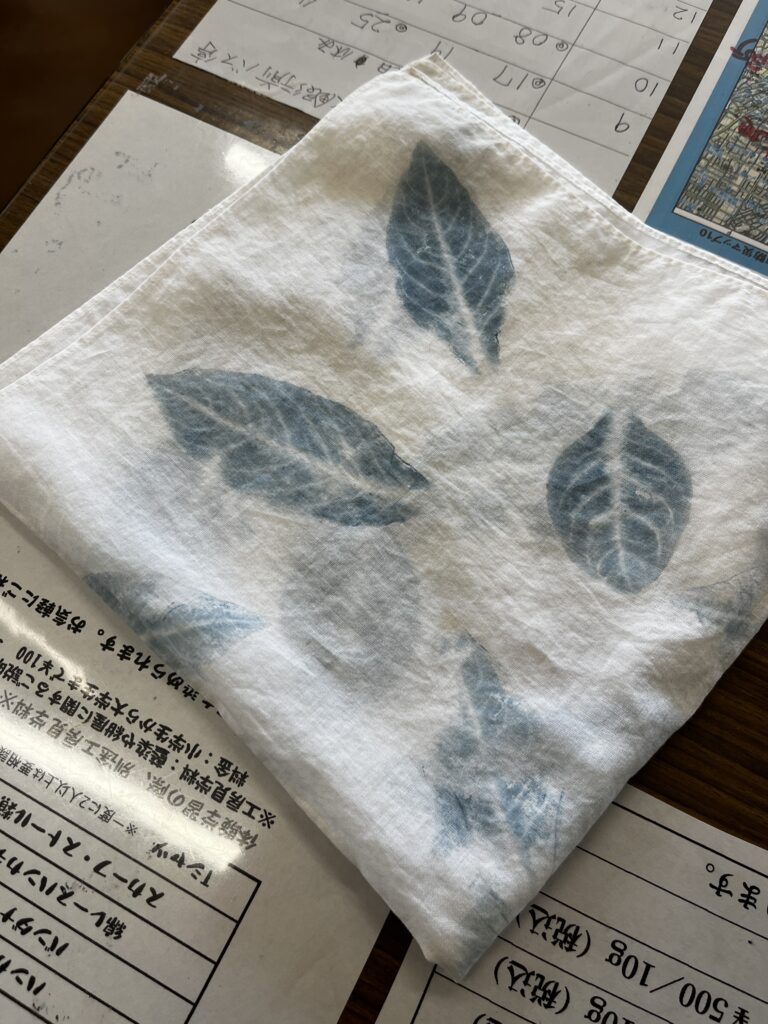
<What to prepare>
Fresh indigo leaves (freshly picked and wiped dry), cloth (cotton), plastic wrap, something to beat (such as a mallet)
<How to dye>
(1) Place the leaves on the cloth (with the front side of the leaves facing up) *At this time, put absorbent newspaper or It is good to spread Japanese paper etc.
(2) Put plastic wrap on the leaves and pat the leaves evenly.
③ Throw away the leaves after beating (wrap can be used any number of times)
④ When all the leaves have been beaten, expose them to the air to oxidize them,Lightly wash away the dregs of the leaves with water 5. Dry after dehydration
●When washing indigo-dyed products, please use a “neutral detergent” that does not contain fluorescent agents or bleaching agents.
